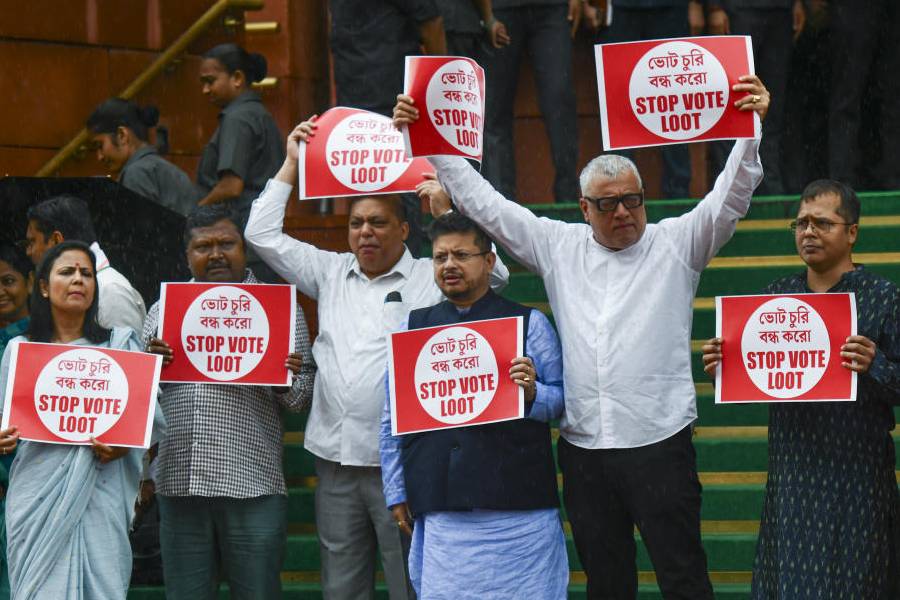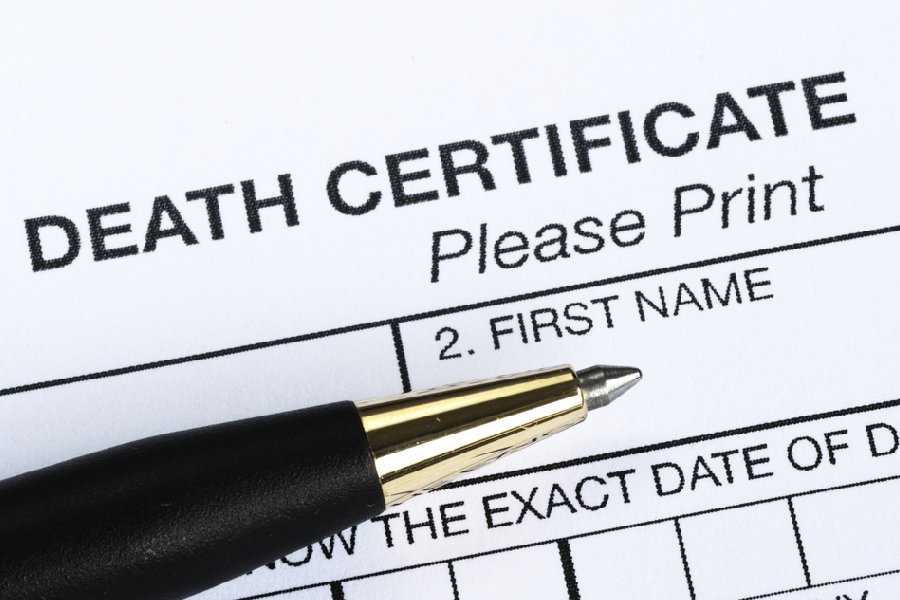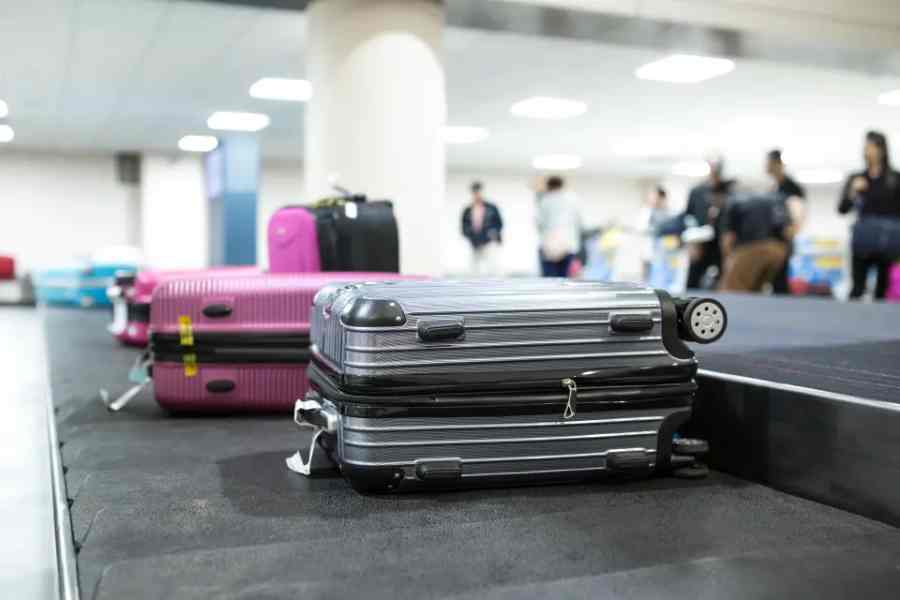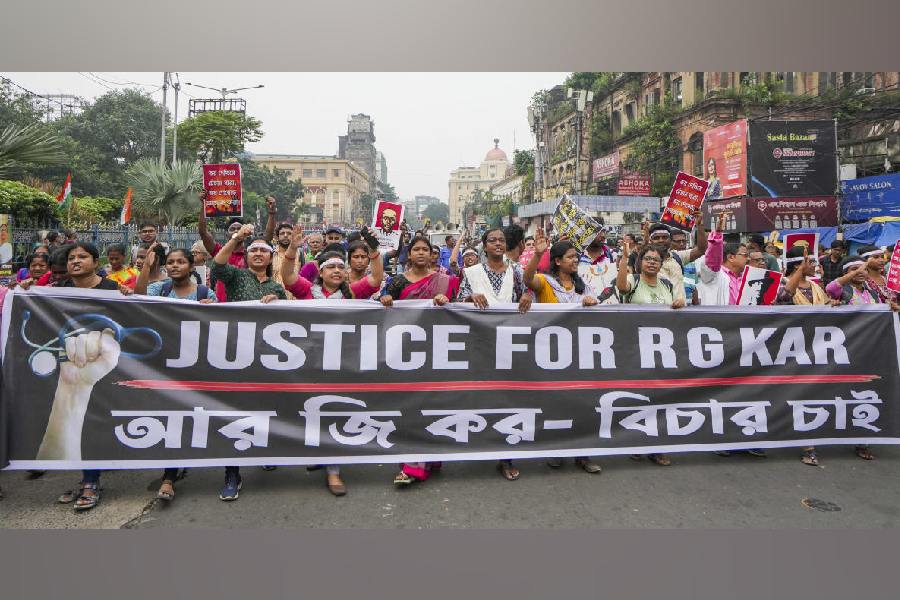 |
| The pillars excavated from the site. Telegraph picture |
Mamallapuram, July 12: The mystique of the missing “pagodas” was enough to draw tourists to this seat of the ancient Pallava kings. Now they may actually get to see some of these shrines.
Last December’s tsunami, which washed away layers of sand from the beaches here, have led to back-to-back discoveries of Pallava temples that are 1200 years old ? the latest coming yesterday.
“This temple may be one of the so-called Seven Pagodas,” said T. Satyamurthy, superintending archaeologist of the Madras Circle of the Archaeological Survey of India (ASI).
The legend of the “Seven Pagodas” was spread by a group of European travellers, among them an Italian called Manucci, who came to Mamallapuram in the 17th century.
In reality, these “pagodas” were temples, the only one existing now being the famous Shore temple, said ASI scholar C. Sivaramamurthi.
According to these travellers’ accounts, the other six were set a little more inland.
The latest find, a temple to Subrahmanya (the local name for Kartik), comes three to four months after the ASI stumbled on the remains of another Pallava shrine near the Shore temple. The presiding deity of the earlier find hasn’t been established yet.
The Subrahmanya temple was found near the Tiger Cave at Salavankuppam, about 5 km north of this port town. Close to it is a Shiva temple named after a king, Atiranachanda.
The first hints of the existence of a temple came from a set of inscriptions, written in a mix of Tamil and Grantha scripts, on “an above-the-surface rock boulder”. One of the inscriptions speaks of a temple to Subrahmanya “being there”, an ASI official said.
“After digging three feet below the ground, we discovered two granite pillars,” he said. The pillars, too, carried this particular inscription.
Satyamurthy said the pillar inscriptions dated back to the reign of Pallava kings Dandivarman (813 AD) and Nandivarman III (about 850 AD).
The importance of the find is that the Pallavas were not known, so far, to have built temples to Subrahmanya.
The excavators, working within a perimeter of 20 metres by 20 metres, have discovered the “basement of the garbha griha (sanctum sanctorum) and the artha mandapa (a small hall immediately before the sanctum).
Several of the twisted, lime-smeared stones below look like rubble, indicating that the “temple must have collapsed”, said P. Aravazhi, a research scholar with the ASI.
The excavators found the soil hard to sink their instruments into. “This is because they (the ancient builders) gave the temple a strong base of clay, silt and bricks,” Aravazhi explained. Remnants of the prakara (compound) wall could also be seen.
The full plan is likely to emerge “over the next 10 days”.
or so”.
The inscriptions record activities up to the 13th century and list the donors who gave land and gold towards the temple’s maintenance. If the temple is indeed one of the “Seven Pagodas”, it must have existed for at least another four centuries.











